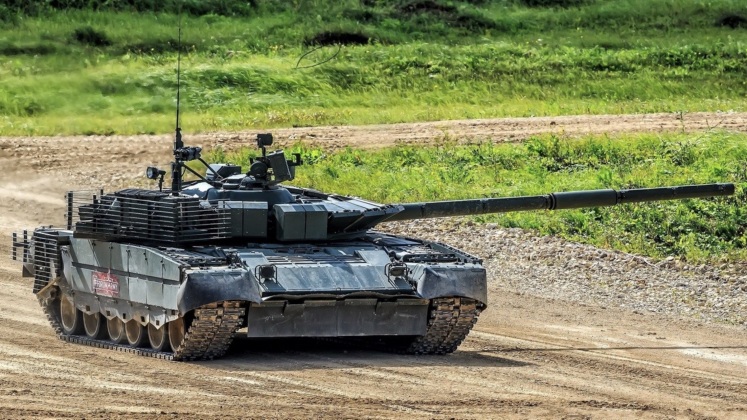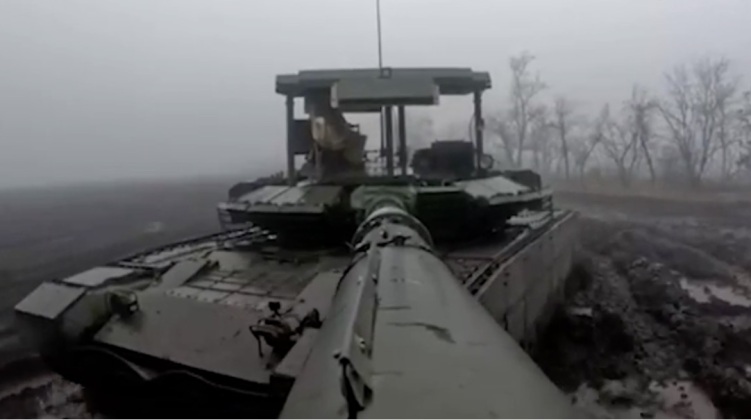News
Russian Army Receives New Up-Armoured T-80BVM Tanks: Why T-80 Numbers Will Keep Growing

The Russian Army has expanded its fleet of T-80 main battle tanks with the delivery of a new batch of modernised and up-armoured T-80BVMs delivered by the Omsktransmash Transport Engineering Plant. The press office of Russia’s sole tank producing firm Uralvagonzavod reported on February 14 regarding the latest delivery: “Omsktransmash has dispatched a new batch of T-80BVM tanks to the Defence Ministry. The upgraded T-80BVM tanks have received enhanced reactive armour, which considerably improves the crew protection. In addition, the tanks leave the territory of the Omsk Transport Engineering Plant with an extra turret protection module, which was unveiled at the Army 2023 military forum.” Uralvagonzavod and Omsktransmash were the two largest of four tank producing factories which Russia inherited with the Soviet Union disintegrated, with the former producing the T-72 and its derivative the T-90 while the latter produced the Soviet Army’s most capable tank class the T-80. A lack of demand for the T-80 due to its much higher production and operational costs, however, meant Omsktransmash quickly ceased to be economically viable, and it was absorbed by its competitor in 2004.
The rapid expansion of the Russian Army’s tank units from late 2022, both to keep up with the demands of the Ukrainian front and to confront growing NATO forces across Russia’s eastern, western and northern borders, has led the Russian defence sector to rapidly pull Soviet-built tanks out of storage. These older vehicles have then been modernised with 21st century fire controls, armour and weaponry. A particularly high proportion of T-80s were in storage when hostilities between Russia and Ukraine escalated into full scale war in February 2022, as their high operational costs led the Defence Ministry to favour T-72s and T-90s due to their much lower operational costs. These cheaper tanks, however, lack the added mobility and high suitability for extreme climates that the T-80 benefits from due to its use of a gas turbine engine. Such engines, although significantly adding to the T-80’s maintenance needs, provide a major advantage in mobility, with only the American M1 Abrams also being gas turbine powered. As a much smaller tank than the Abrams, however, the T-80 has a far superior power: weight ratio, while still carrying a larger gun calibre.

Regarding the capabilities of new T-80s, a Russian Army commander engaged in combat with Ukrainian Army units, including German-supplied Leopard tanks, stated in January when interviewed by local media: “We have received a completely new vehicle. The vehicle has a fundamentally new communication system … It cannot be jammed, it works very well. Its sound is high-quality, clear, there are no interruptions. The machine is also equipped with a completely new protection system.” He added that “additional armour modules were installed on the tank, enabling it to withstand strikes from drones and anti-tank missiles.” The Russian Defence Ministry has shown growing signs of having revised its prior assessment regarding the cost effectiveness of the T-80, with state media announcing in September that work had begun at Omsktransmash to restart production of the tank class, which will supplement current production of the T-90M and next generation T-14 tanks at Uralvagonzavod. It is expected that new production models will have a significantly improved design over the latest T-80BVMs, potentially resembling how the T-72’s design was deeply modernised to develop the T-90 in the early 1990s.












